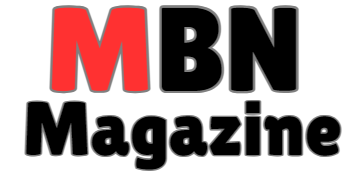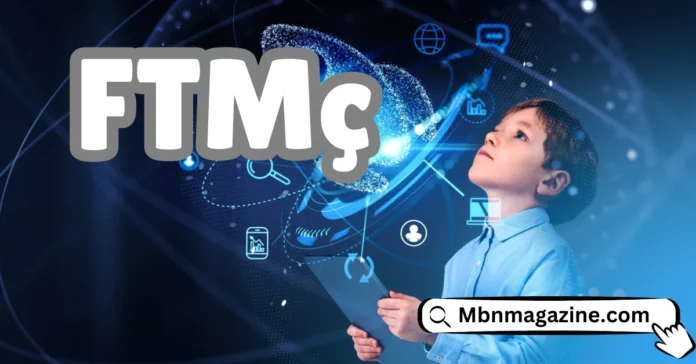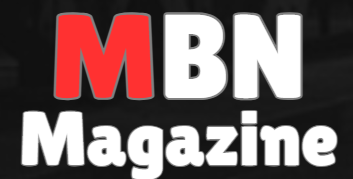Introduction
In a generation wherein generation and subculture are more intertwined than ever earlier, new standards are emerging to explain and understand these complex interactions. One such idea is FTMç, short for “Futuristic Transcultural Media Culture.” This period encapsulates the evolving panorama wherein era, media, and cultural change converge, shaping how we create, devour, and understand media in a globalized international. FTMç displays the profound impact that present-day technology—including digital media systems, synthetic intelligence, and immersive realities—has on cultural dynamics and media practices. It also highlights how those technologies facilitate the mixing of various cultural elements, main to a more interconnected and hybridized media way of life. As we navigate this unexpectedly changing virtual landscape, know-how FTMç will become increasingly more important. This article delves into the origins, implications, and transformative effects of FTMç, imparting a comprehensive examine how futuristic technology is shaping transcultural media and redefining cultural stories in the 21st century.
Origins and Definition
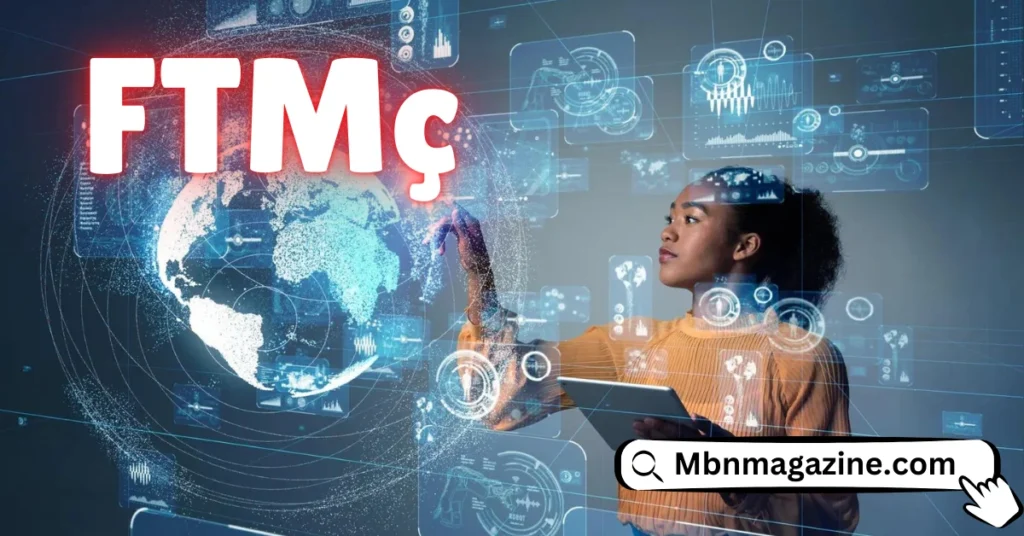
- FTMç: This element displays the focal point of modern technology and improvements that power the evolution of media and cultural practices. It encompasses improvements together with synthetic intelligence, virtual and augmented truth, and blockchain technology, all of which might be reshaping how we interact with and enjoy media.
- Media Culture: This element makes a specialty of the position of media in shaping and reflecting cultural practices. It examines how media technologies—starting from traditional platforms to virtual improvements—impact cultural manufacturing, intake, and representation. Media lifestyle encompasses everything from television and movies to social media and virtual content material creation.
The Role of Technology
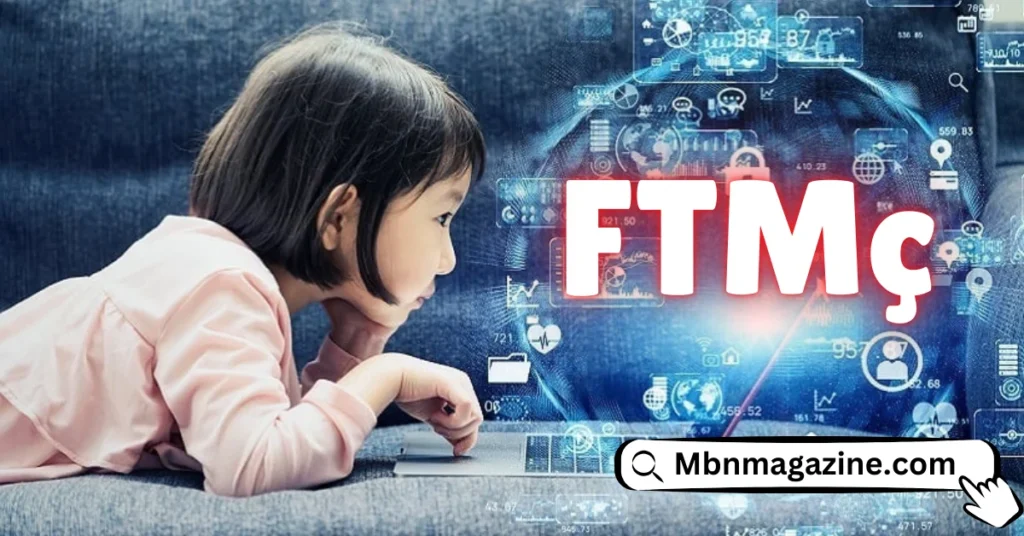
1. Digital Media Platforms
- Social Media: Platforms like Facebook, Instagram, TikTok, and Twitter allow customers to share cultural reviews, trends, and narratives globally. They facilitate the speedy unfolding of cultural phenomena and foster new types of cultural expression.
- Streaming Services: Services that includes Netflix, YouTube, and Spotify offer on-call forget the right of entry to a substantial array of media content material, such as films, music, and podcasts from around the arena. This accessibility promotes go-cultural exposure and consumption.
2. Artificial Intelligence
- Content Recommendations: AI algorithms look at patron options and behaviors to propose content material fabric tailored to a person’s tastes. This personalization complements individual engagement but also shapes intake patterns and cultural exposure.
- Content Creation: AI equipment are used to generate textual content, tune, and visual art. For example, AI-driven writing assistants and generative artwork algorithms can produce new cultural artifacts, growing the boundaries of creative expression.
- Deepfakes and Manipulation: AI technologies enable the appearance of hyper-realistic virtual content material, together with deepfakes. While those improvements offer creative possibilities, additionally they enhance issues approximately incorrect information and the authenticity of media.
3. Virtual Reality and Augmented Reality
- Augmented Reality: AR overlays virtual records onto the actual world, enhancing our interaction with our surroundings. Applications like AR video games, educational gear, and cultural exhibitions provide interactive and engaging experiences that bridge the bodily and virtual realms.
Cultural Implications
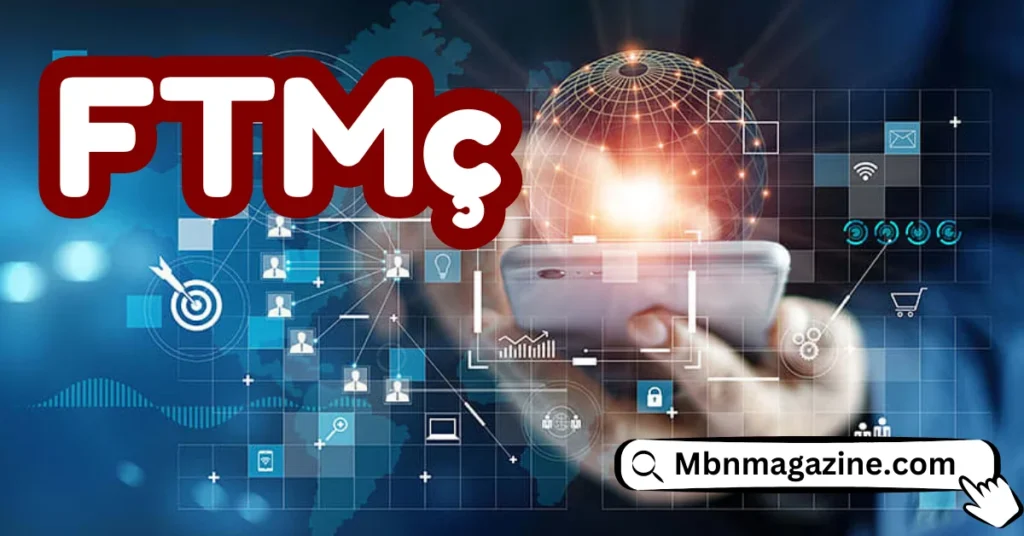
1. Cultural Hybridity
- Artistic Expression: Digital platforms allow artists to mix conventional and cutting-edge styles from exceptional cultures, growing modern hybrid kinds of artwork. For example, song genres that mix Western pop with conventional rhythms from Africa or Asia show off the innovative capability of cultural fusion.
- Entertainment: Films, TV, and different media an increasingly comprise diverse cultural impacts. This outcomes in new storytelling techniques and genres that mirror a greater globalized attitude.
- Fashion and Design: Global admission to cultural symbols and aesthetics has brought about a fusion of favorite trends and layout practices from various cultures, influencing global style markets and personal fashion.
2. Globalization of Media
- Access to Diverse Content: Streaming offerings, social media, and online platforms permit people to get the right of entry to media from around the world. This exposure to various cultural content material can result in more cultural awareness and appreciation.
- Cultural Exchange: The worldwide flow of media content material facilitates cultural exchange, in which audiences and creators have interact with and examine one-of-a-kind cultural practices and views.
- Content Localization: As media businesses goal global audiences, there’s a developing trend of localizing content to match regional cultures and possibilities, balancing worldwide reach with neighborhood relevance.
3. Identity and Representation
- Digital Identity: The advent of digital personas and online identities allows people to express themselves in methods that go beyond conventional cultural barriers. This can lead to empowerment and challenges in keeping authenticity.
- Representation: The global nature of media increases questions on illustration and visibility. How cultures are portrayed in digital media can have an impact on perceptions and stereotypes, making it essential to deal with problems of accuracy and respect.
- Cultural Narratives: The blending of cultural elements in media can result in the emergence of latest cultural narratives that reflect various reviews and viewpoints. This can increase worldwide discourse however additionally requires careful consideration to keep away from cultural erasure or misrepresentation.
Challenges and Criticisms
1. Cultural Appropriation
One of the primary worries with the blending of cultural factors in FTMç is the chance of cultural appropriation. As international media and virtual structures facilitate the exchange of cultural artifacts, there is a risk that elements from marginalized or non-dominant cultures may be appropriated or exploited without right context or admiration. This can lead to the commodification of cultural symbols and practices, stripping them of their authentic significance and reinforcing power imbalances.
2. Digital Divide
The blessings of FTMç aren’t equally on hand to all people. The virtual divide—the gap between those who have the right of entry to superior technologies and people who do no longer—remains a huge trouble. While a few communities and people can take complete gain of virtual media and cultural exchange, others may be left in the back of because of loss of assets, infrastructure, or virtual literacy. This disparity can exacerbate current inequalities and limit the capacity for inclusive and equitable participation in the digital cultural sphere.
3. Privacy and Security
The integration of superior technology into the media’s way of life increases issues approximately privacy and safety. As virtual structures and AI algorithms gather and examine huge amounts of personal facts, troubles of data privacy grow to be increasingly distinguished. There are also concerns approximately the security of virtual identities and the ability to misuse personal statistics. Ensuring robust protections for users’ privacy and securing digital environments against threats are critical challenges in the FTMç landscape.
4. Authenticity and Manipulation
The use of technologies which includes synthetic intelligence and deepfakes in media can result in questions about authenticity and consideration. AI-driven content material creation, artificial media, and manipulated photos or films can blur the lines between real and fabricated content, doubtlessly main to misinformation and the erosion of public agree with. Navigating the authenticity of digital content material and making sure transparency and duty in media practices are ongoing demanding situations in the FTMç generation.
Conclusion
FTMç, or “Futuristic Transcultural Media Culture,” presents a compelling framework for expertise in the dynamic interplay between generation, media, and cultural change in today’s international. As virtual improvements continue to adapt, they no longer simply redefine how we interact with media but also how cultural narratives are fashioned and shared across international networks. The introduction of technology like virtual media systems, artificial intelligence, virtual fact, and blockchain has accelerated the blending of cultural elements, developing a media landscape that is more diverse and interconnected than ever before. While these advancements provide thrilling possibilities for cultural expression and cross-cultural dialogue, additionally they gift challenges, consisting of worries about cultural appropriation, digital divides, and troubles of authenticity. In navigating the complexities of FTMç, it’s far crucial to remain conscious of both the ability and the pitfalls of those technological transformations. By severely engaging with how technology affects cultural practices and media intake, we will higher admire the evolving nature of media culture and its impact on our international society. As we circulate ahead, FTMç serves as a lens via which we can discover and understand the profound modifications shaping our virtual and cultural worlds
